How to use coffee grounds in the garden – 4 ways to benefit plants and improve soil quality
Gardening experts reveal how to use coffee grounds in your garden with maximum efficiency

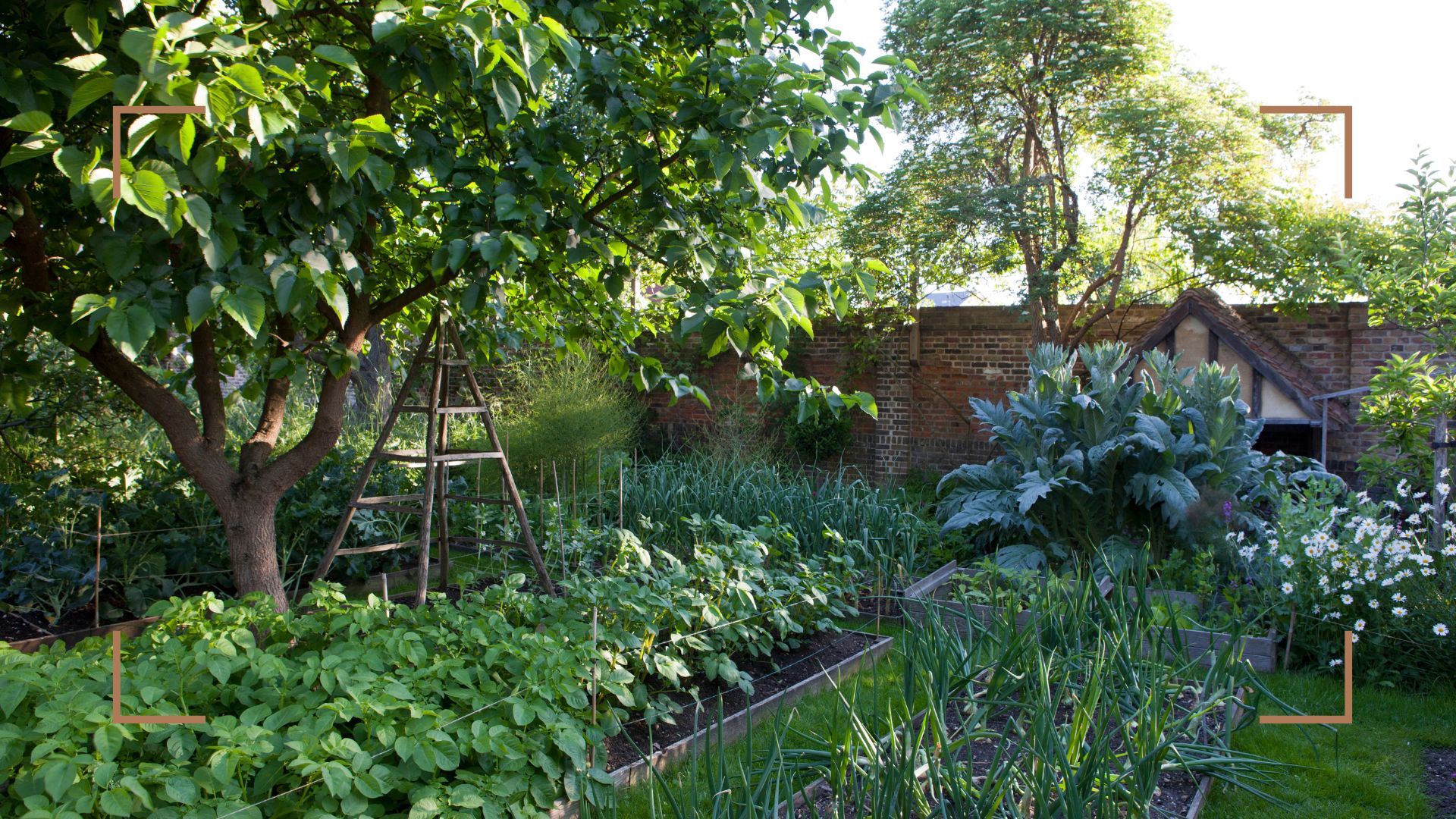
We know coffee grounds are good for gardens, but it's more about how to use coffee grounds in the garden that matters most.
Coffee grounds that you might have only previously seen as trash are your garden's treasure, as using the grounds to nurture your plants and soil is the latest sustainable garden idea we can't get enough of.
With this in mind, we've consulted horticulture and gardening experts to determine the best ways to reuse coffee granules in your garden, revealing exactly why they are so good for outdoor plants and soil quality.
How to use coffee grounds in the garden: 4 easy ideas
If you're lucky enough to have one of the best coffee machines in your possession, then you may be all too familiar with having to dispose of used coffee grounds after each delicious cup.
Luckily, there is more than one way to use your coffee grounds in your garden, similar to using tea bags in your garden or using orange peel in your garden. Whether your plants need an extra pep in their step or your veggies have fallen victim to a slug invasion, this natural solution is more versatile than you think.
Here are four plant-friendly ways to reuse your rich coffee grounds...
1. Natural fertiliser
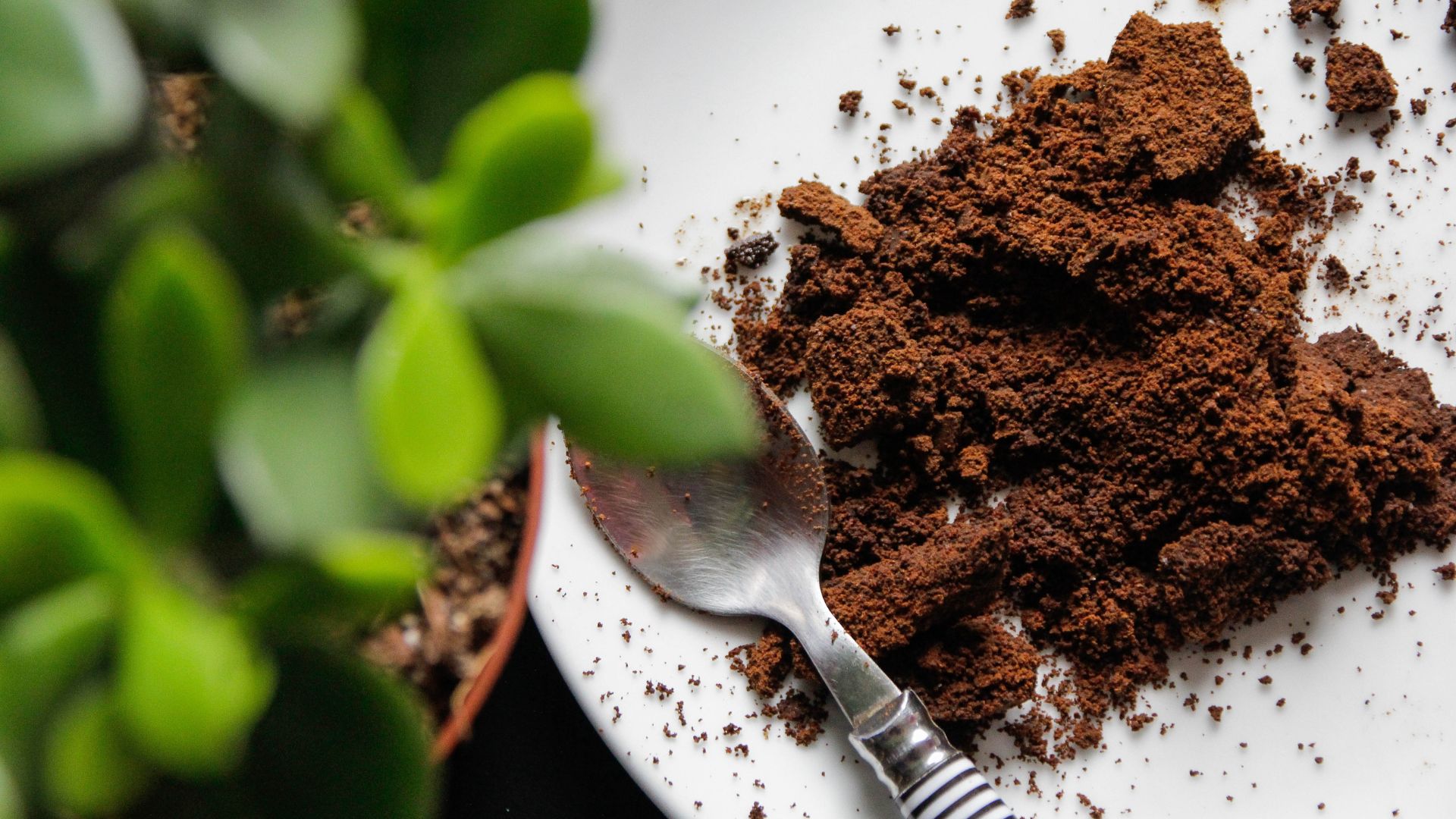
If you're trying to keep up with the garden trends this year or are perhaps looking to recreate the wildflower garden border trend, then coffee grounds are a great plant fertiliser.
Sign up to our free daily email for the latest royal and entertainment news, interesting opinion, expert advice on styling and beauty trends, and no-nonsense guides to the health and wellness questions you want answered.
Russell Birchell, Founder of Hedging UK says, "Coffee grounds imbue the soil with vital nutrients such as potassium, nitrogen and phosphorus, leading to healthier plant growth and greater blooming potential in the long run."
When it comes to how you should spread your coffee grounds and how often, there's a little more choice to it than simply dumping the grounds into your soil and calling it a day. Because coffee grounds can clump easily, it's necessary to sieve over the soil to break them down.

Russell has always had an interest in horticulture, right from the moment he built a polytunnel on his parent's farm when he was younger. From this, he went on to grow perennial plants and sell them to customers, until finally he went on to sell hedging plants and founded Hedging UK.
"Simply mixing dried coffee grounds into the top few inches of their soil will help boost it to suit these plants," says gardening and greenhouse expert Lucie Bradley from Easy Garden Irrigation.
"For those plants which feed heavily on nitrogen to grow strong such as blackberries, blueberries, carrots, cucumbers, leafy greens (kale, lettuce, spinach, swiss chard) peppers, potatoes, roses and sweet peas then using coffee grounds either in the soil or as a liquid fertiliser will provide them with an extra supply of nitrogen," she explains.
"As well as other essential nutrients including potassium, phosphorus and micronutrients like calcium, copper and magnesium."

With over 28 years working in the garden industry, Lucie has been fortunate enough to spend every day speaking to both amateur and professional gardeners. Encouraged to garden since she was old enough to walk, she believes that you can never know everything about gardening, as it is constantly evolving.
2. Compost enrichment
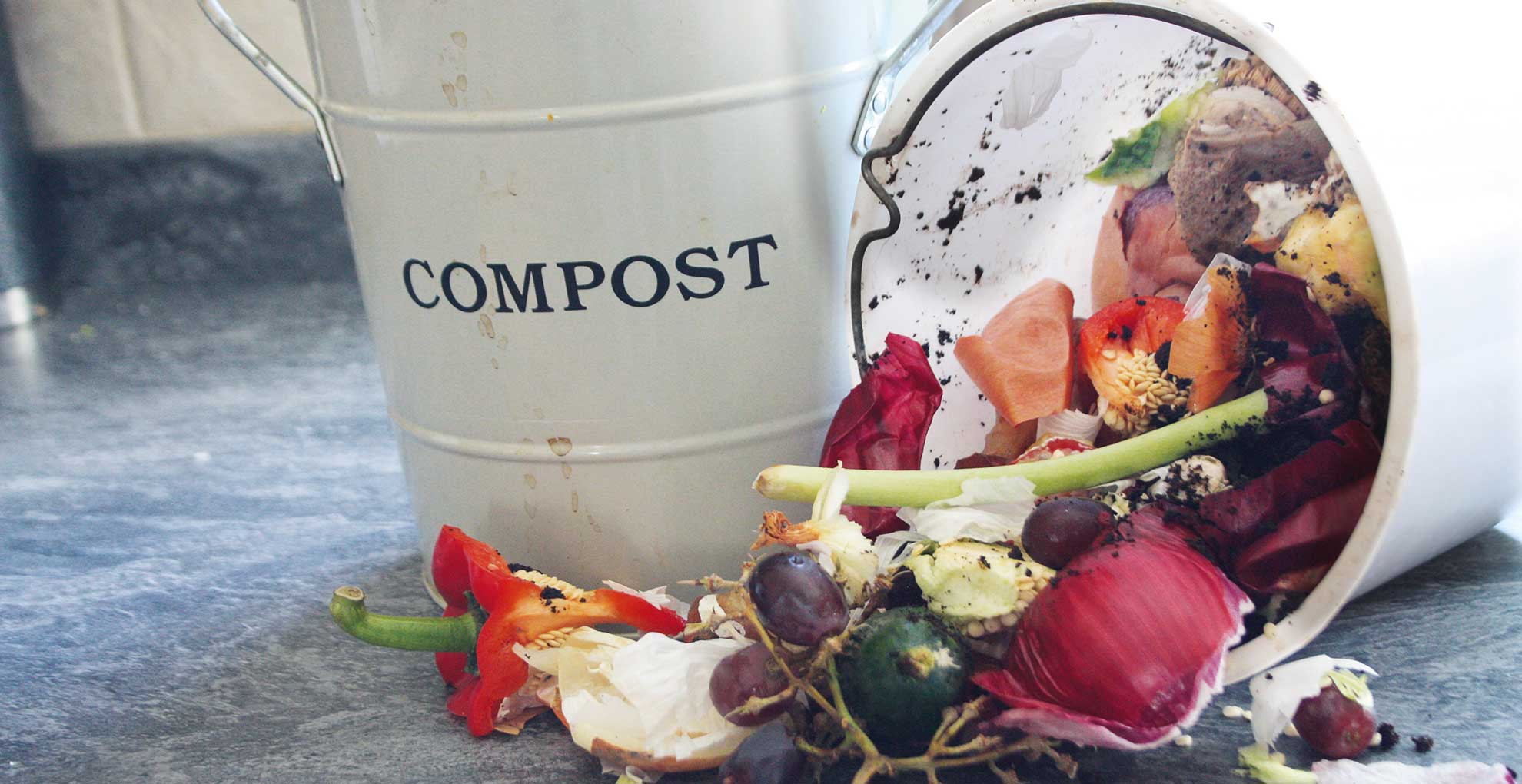
"One of the best and easiest ways gardeners can use coffee grounds is to add them to a compost heap and eventually use nutrient-rich compost produced to improve your garden soil," says Lucie.
"This type of compost can be used to improve any type of soil from thick clay soils to loose, sandy soils, turning them all into an area rich in nutrients for healthy, vigorous plant growth."
When making compost at home, it's essential to perfect the balance. You should always have a mix of green materials and brown materials.
"Coffee grounds are classed as ‘green’ and should make up no more than 20% of the total volume of recycled materials. Ensure they are cool when added and that any paper filters have been torn up before adding to the compost bin, too."
When incorporated into compost bins or worm bins to add nitrogen and increase microbial activity, which will make them more nutrient-rich," agrees Peter Ivanov, professional gardener at FantasticGardeners.
3. Mulch
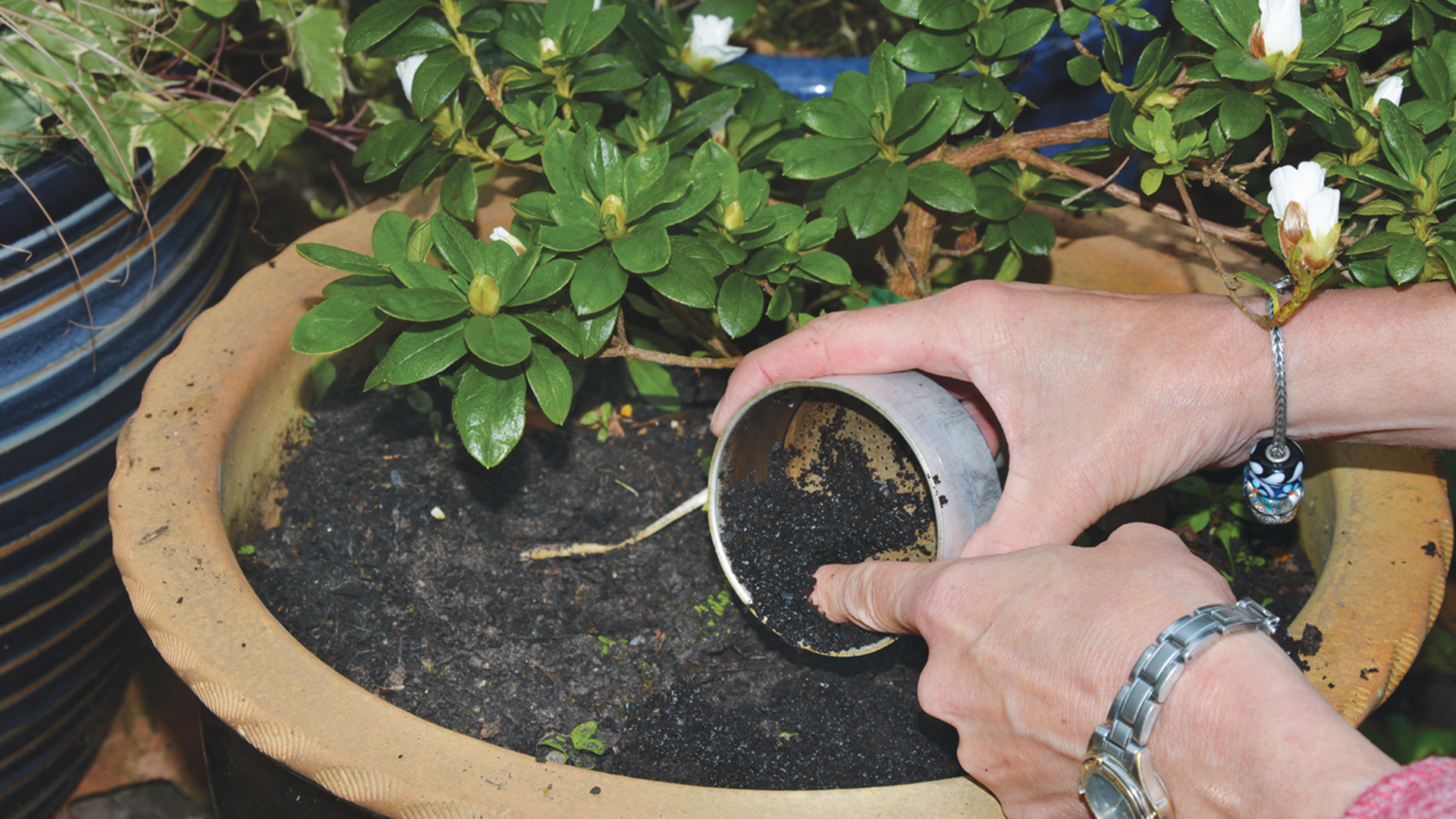
If you don't have a compost bin, then you can also use the grounds directly as a mulch around acid-loving plants, explains Peter. Plants such as azaleas, rhododendrons, blueberries and roses are particularly fond of acidic mulch as they naturally help lower soil pH over time.
Peter also suggests mixing the grounds into the soil as this can improve soil structure and drainage; however, he does warn against overuse as they're not compatible with every plant species.
"It’s not suitable for all plants and the main problem is that if they’re applied in a larger quantity to the top of the soil, their small particles can clump together and prevent water and air from reaching the roots of the plants," explains Peter.
To prevent this, he recommends using the coffee grounds on the border soil of established plants only and ensuring you aren't putting them in the same spot every time. If you do finish adding multiple grounds to one spot, then Russell says simply rake them deeper into the soil.
4. Pest control
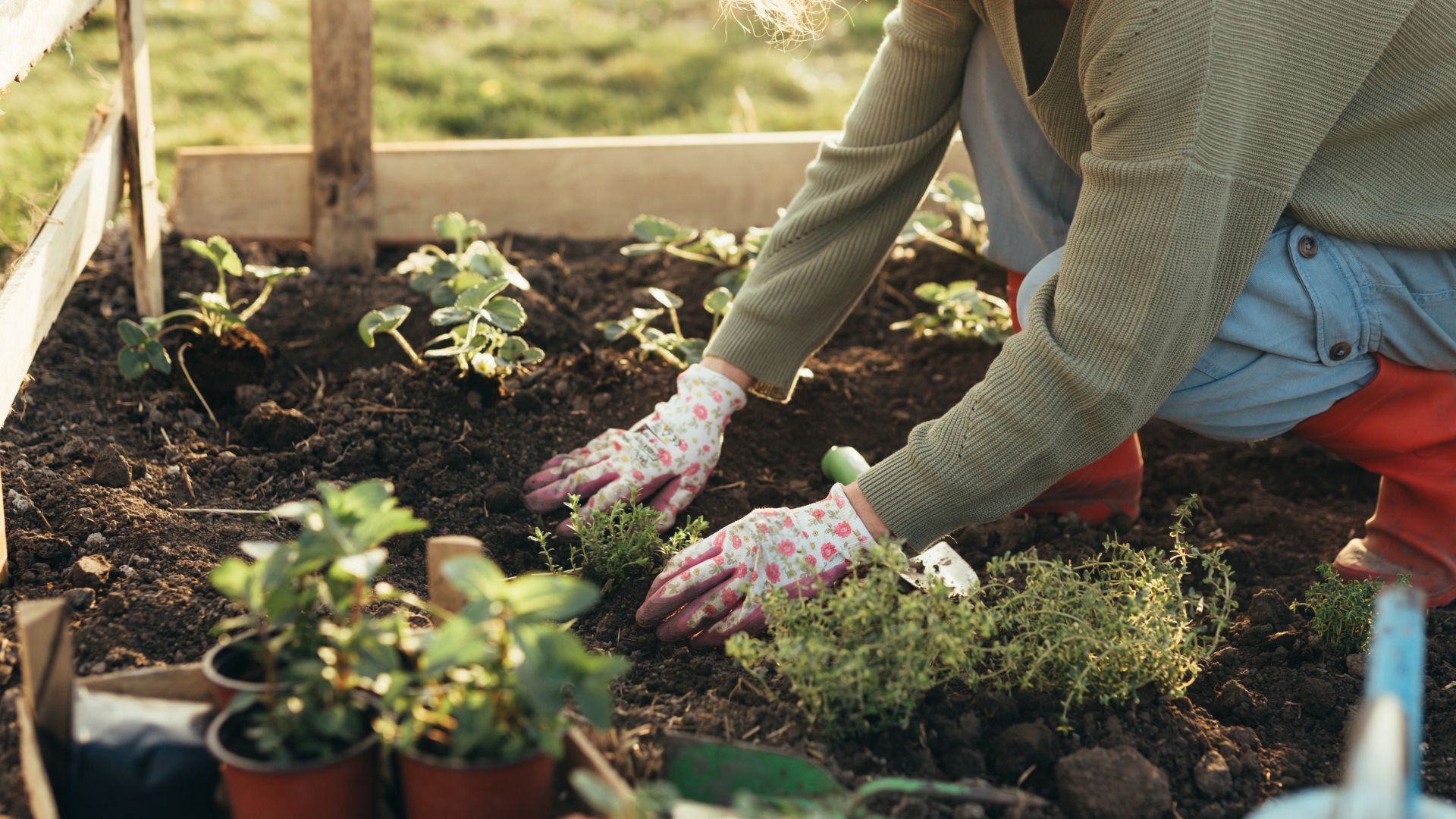
You may have mastered how to keep the ants away or believe in the powerful pest control properties of Irish Spring Soap, but when it comes to snails and slugs, it seems impossible to deter them. Especially when we're growing vegetables, using heavy chemicals to kill the slugs is just not an option, lucky for us coffee grounds can help with this too.
"Coffee grounds can act as a great deterrent for slugs and snails because their rough texture can irritate their soft bodies, making it uncomfortable for them to crawl across the soil," says Peter. It's not just the texture of the grounds, however, the actual caffeine content is also believed to have a toxic effect on slugs and snails too.
Peter does point out that the grounds alone won't completely deter the plant-eating pests and suggests using them alongside other types of barriers and traps. The grounds as pest control will also need to be applied often, as they will deteriorate, especially if it's rained recently.
Incidentally, using eggshells in your garden can also help to deter larger pests.

Peter has been a gardening and plant expert at Fantastic Gardeners for over 8 years, he is now one of the company's top-performing experts and manages over 6 teams of gardeners. He works on creating stunning landscapes and prioritises sustainability in his gardening methods.
Where is the best place to put coffee grounds in the garden?
Although adding coffee grounds is one of the easy gardening tips that every gardener should know, there are a few dos and don'ts. Due to the acidity of the grounds, there are some plants you should not be putting anywhere near them, for example, tomato plants and seedlings, as this can interfere with their growth and germination. Not what you want when you've only just started vegetable gardening for beginners.
"It’ll be best to compost them first to reduce their acidity and allow them to break down, making them suitable for a wider range of plants," explains Peter. Once you've composted your grounds, then they should be safe to use for the rest of your plants and flowers, but you must add the grounds gradually.
Peter warns of creating a water-restricting barrier with the grounds, which could eventually cause your plants to wilt and die. He recommends adding a layer of another type of organic mulch, such as wood chips, just to stop the grounds from clumping together and stop water movement.
Verve Natural Woodchip mulch 100L Bag: £12 at B&Q
If you're looking for some high-quality woodchip mulch to break up your coffee grounds we've recommended this one from B&Q. It comes highly recommended and will lock in that vital moisture your plants need.
It's all well and good having the best plants that every garden needs, but if they're not thriving, it can all be a little anticlimactic. Adding coffee grounds to your less-than-happy plants can be exactly what they need to get them blossoming once again, and why not?
You'd only throw them away, and recycling household waste in the garden is the best way to help reduce what we dispose of.

Emily joined woman&home as a staff writer after finishing her MA in Magazine Journalism from City University in 2023. After writing various health and news content, she now specialises in lifestyle, covering unique cleaning hacks, gardening how-tos, and everything to help your houseplants thrive.
You must confirm your public display name before commenting
Please logout and then login again, you will then be prompted to enter your display name.
